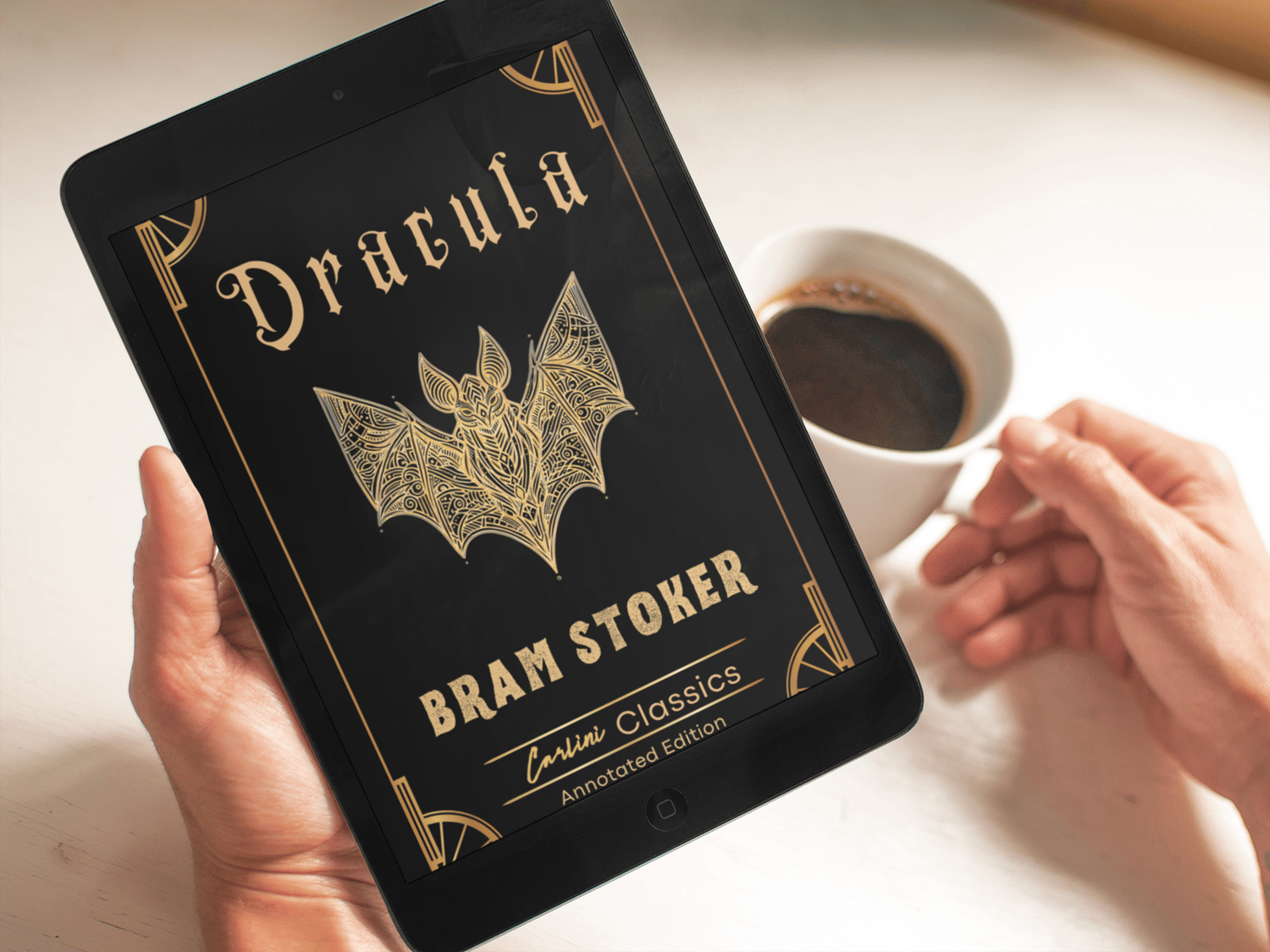Bram Stoker’s Dracula—the book that introduced the world to the idea of vampires as suave, immortal creatures of the night. We’ve all heard about the Count's legendary thirst for blood, his penchant for creepy castles, and his undeniable ability to make all the best-dressed undead look like mere amateurs. But let’s be honest—Dracula isn’t just a gothic horror masterpiece. It’s also a treasure trove of awkward moments, questionable decisions, and a whole lot of what is even happening right now? So, let’s dive into this classic and break down the parts that are either unintentionally hilarious or just downright strange.
- Dracula’s Castle: Airbnb Nightmare
Let’s talk about Dracula’s lair. The Count doesn’t rent a place like an average Joe—no, he lives in a massive, crumbling castle in the middle of nowhere in Transylvania. Now, we’re supposed to believe this place is mysterious and ominous, but honestly, it sounds like the worst Airbnb experience imaginable. There are no modern amenities. It’s dark. It’s cold. And the host (Dracula) doesn’t even offer a proper welcome or a complimentary bottle of wine. In fact, when Jonathan Harker, the poor lawyer, arrives, Dracula’s first words are, “Welcome to my home. There are no mirrors, and I’m about to get really weird with you.” Not exactly five-star hospitality.
And don’t even get me started on the decor. Forget haunted mansion chic—Dracula's home is the definition of “skeletons in the closet.” In fact, the whole thing sounds like a never-ending episode of Fixer Upper—except instead of shiplap, it’s creepy corridors and an army of undead.
The Love Story... or Something Like That
In many modern adaptations of Dracula, the Count is portrayed as this tragic romantic figure—dark, mysterious, and strangely irresistible. But in the book? Not so much. Dracula is a literal predator, and not in a "look at my tortured soul" kind of way. He’s just out here minding his own business, biting women, and hypnotizing people into falling in love with him. It’s less Cursed Lover Who Can’t Find Peace and more Guy Who Should Probably Be In Jail for Stalking.
Meanwhile, Mina, who’s supposed to be the object of Dracula’s affection, barely gets any say in the matter. She’s basically brainwashed into loving him after he’s already bitten her. We’re supposed to feel sorry for Dracula’s lonely existence, but let’s be real—Mina just wants a normal life. There’s no tender love here—just a whole lot of blood and gaslighting.
The Odd Cast of Characters
The book is told from the perspective of various characters through letters and diary entries, which means we get to hear from a colorful group of voices—including Jonathan Harker, who spends most of the time being confused and horrified in Dracula's castle; Lucy Westenra, who is too sweet and innocent for her own good; and Van Helsing, who’s basically the world’s first vampire hunter and a walking encyclopedia of random knowledge.
But here’s the thing: these characters are kind of… well, a mess. Van Helsing, for example, is supposed to be this brilliant doctor, but for some reason, he takes way too long to figure out that Dracula is a vampire. You know, after literally everything he does screams “vampire.” Meanwhile, Lucy’s friends and family spend half the book flailing around, trying to figure out why she’s getting weaker and paler. Here’s an idea, guys: it’s not the flu. Maybe she’s been turned into a vampire! Could that be it? But no, instead of, you know, calling for help or thinking logically, they just keep asking, “What is wrong with poor Lucy?”
The Completely Over-the-Top Vampire Rules
If you’re looking for a rulebook on how to deal with vampires, look no further than Dracula. The book is like a crash course in how to not get bitten. There’s an endless list of vampire quirks to keep track of, like how Dracula can’t enter your house unless invited (which is basically an early form of social media etiquette), how he can turn into a bat (but only in the dark, because reasons), and how garlic is the ultimate weapon against him (apparently, he really hates Italian food).
One of the most confusing parts is when Dracula decides to stalk Mina across Europe, taking the time to move in mysterious ways, leave cryptic clues, and just generally be a huge drama queen. He could have easily just bitten her and been done with it, but no—he needs to make it personal. It’s like he’s the villain in a soap opera with an over-the-top need for suspense.
The Dracula Ending: A Final Showdown with... a Stake?
Let’s talk about the ending. After hundreds of pages of running from Dracula, confronting him in dark alleys, and literally following his every move across Europe, the final confrontation is... honestly kind of anticlimactic. Dracula, after all that buildup, is staked through the heart and dies. That’s it. No epic battle. No big monologue about his tragic fate. Just a sudden pop like a balloon losing air.
We’ve spent so much time chasing Dracula across the world, only to have him meet his end in a rush of predictable stakes. The whole journey feels like a rollercoaster that suddenly stops at the top, leaving you with a feeling of, “Wait, was that it?”
Takeaways from Dracula: A Vampire Classic with Some Serious Issues
So, what can we take away from Dracula? Well, for one thing, it’s not the romantic vampire novel you may have been led to believe. The Count is less “tragic hero” and more “creepy uncle” who just happens to have a deep, unrelenting thirst for blood—and maybe a little bit of attention. There’s a lot of over-the-top drama, far too many unexplained phenomena, and a cast of characters who should’ve really done their homework before dealing with an ancient vampire.
But here’s the thing: despite all of its flaws, Dracula still manages to be an iconic tale that helped define the vampire genre. It’s messy, it’s dramatic, and it’s absurd in places—but in the end, it remains an essential read for anyone who wants to understand the dark, gothic world of vampires. So next time you’re thinking about picking up a vampire novel, just remember: Dracula was the OG, and it’s far weirder than anything modern fiction can throw at you.


